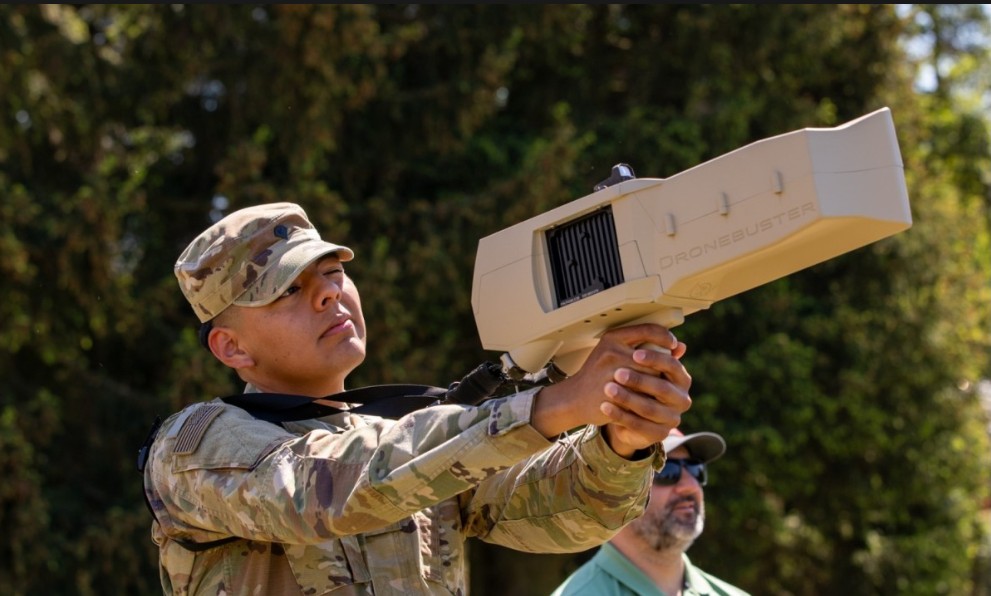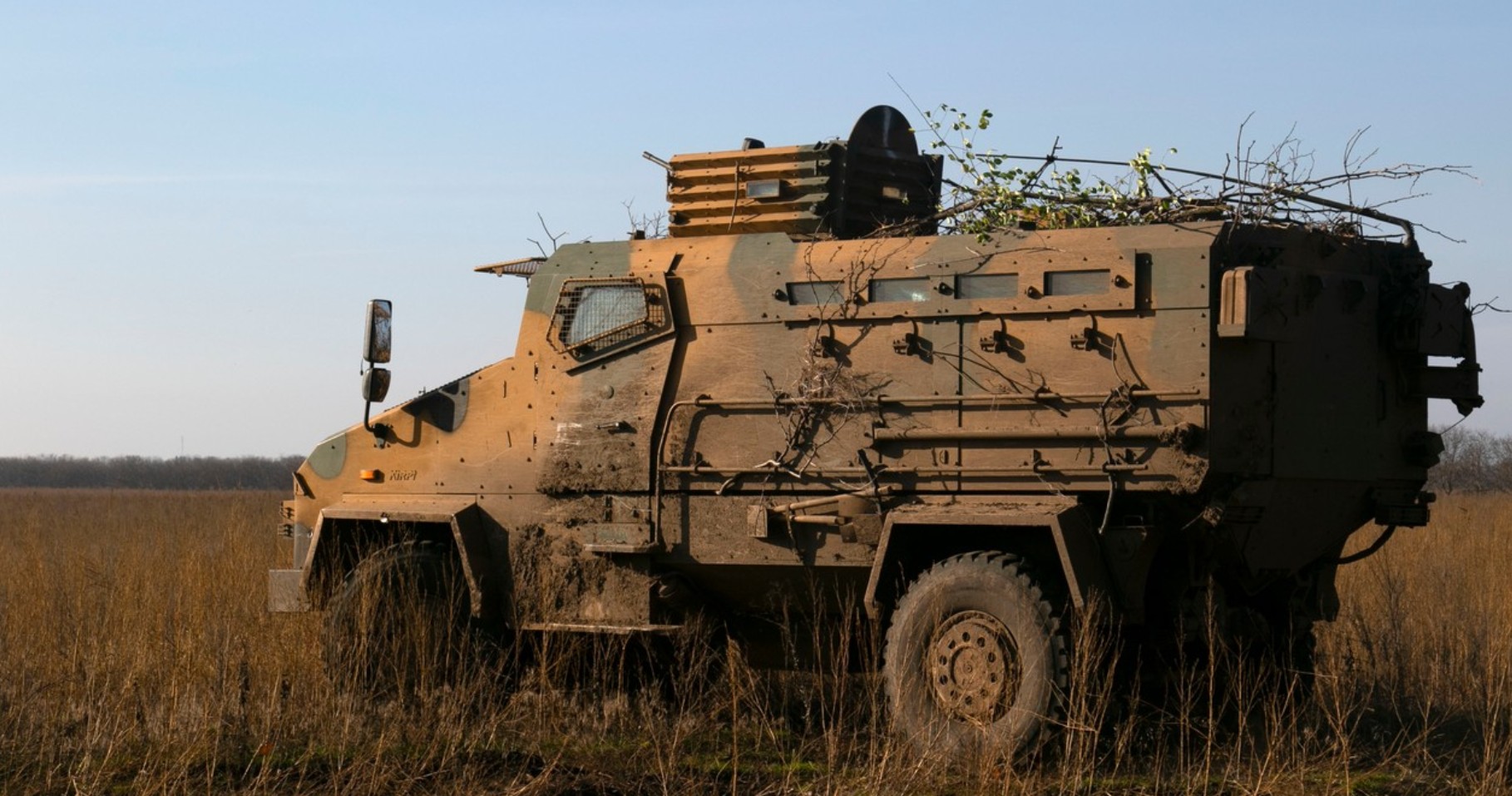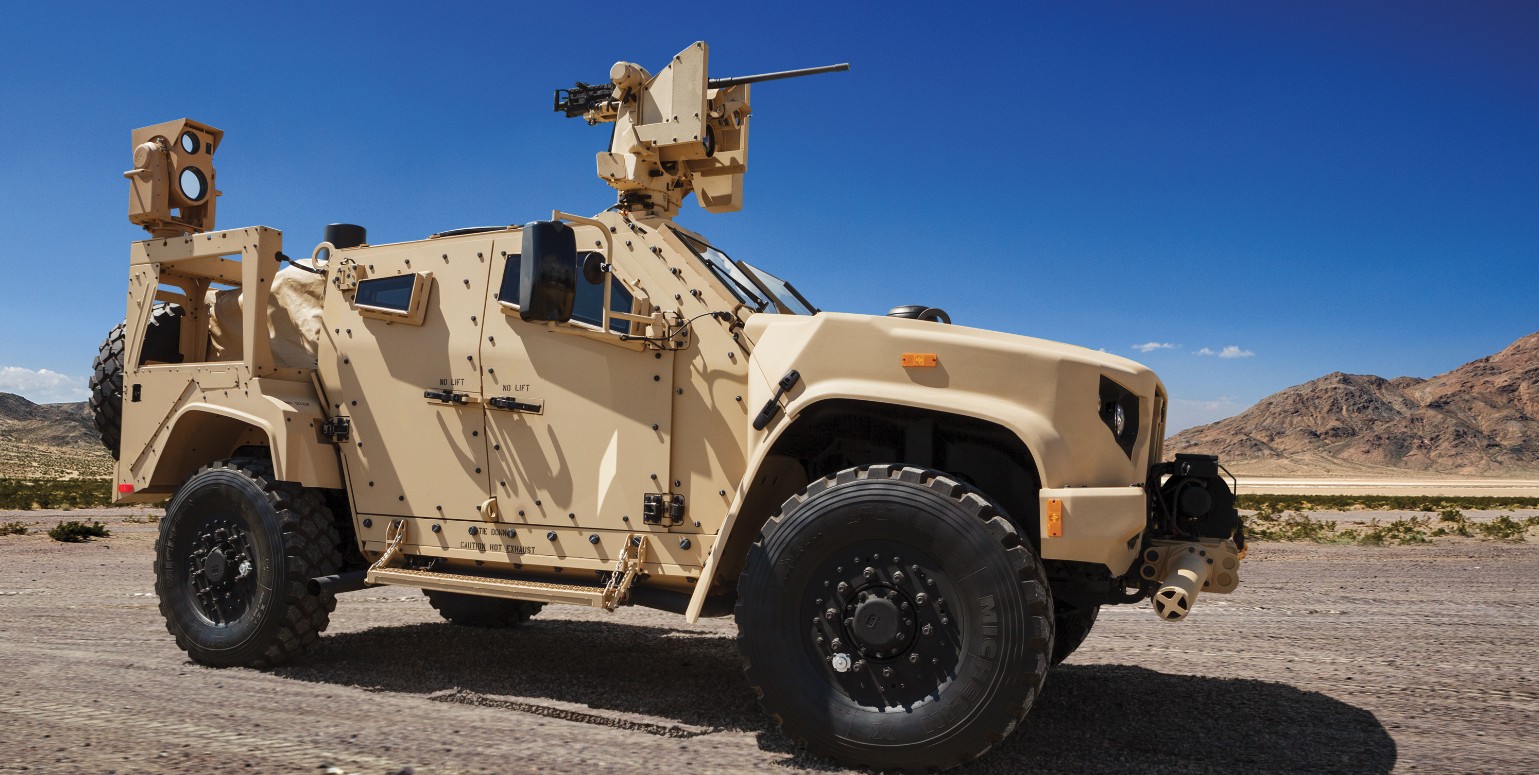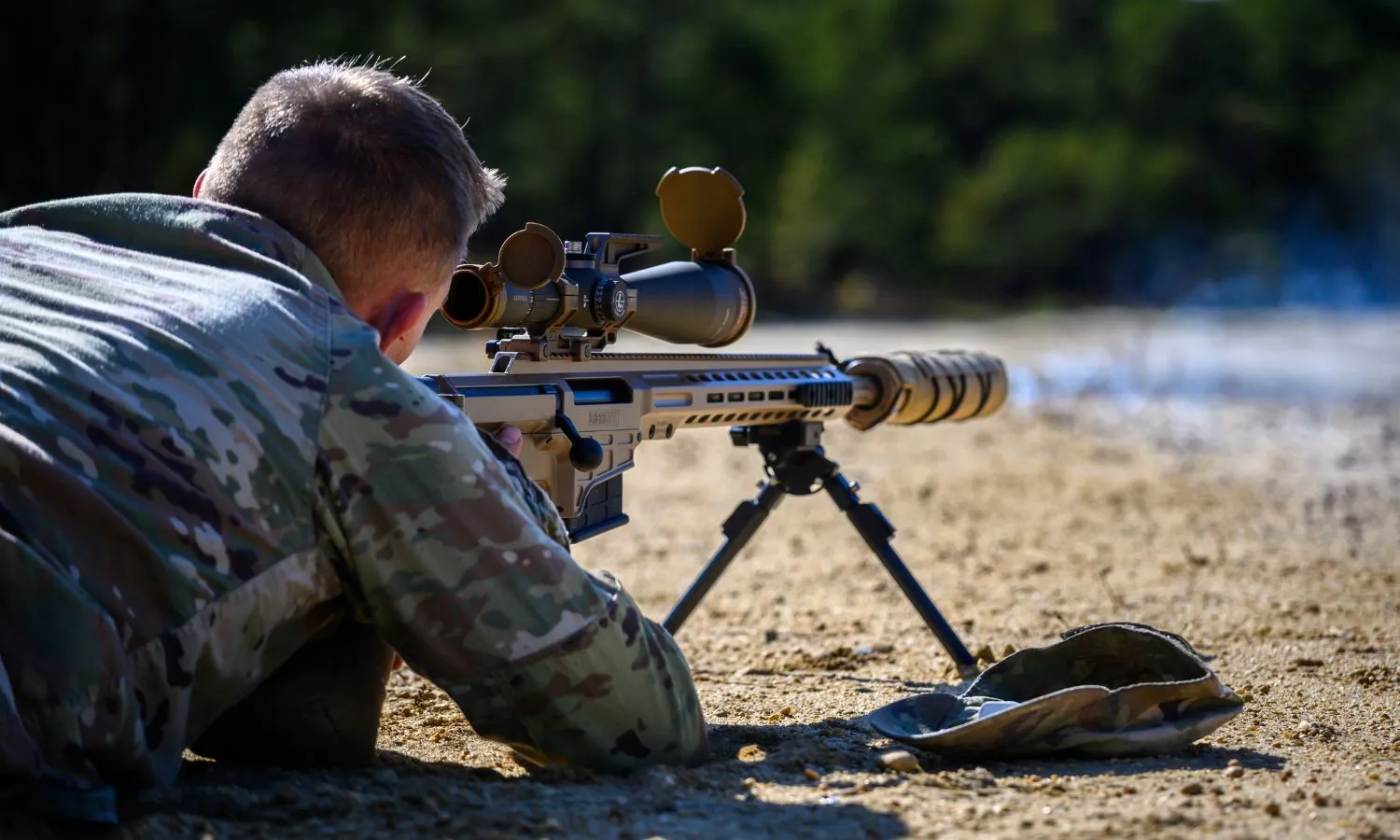Understanding Layered Defense Security
The concept of layered defense is a critical strategy employed by the US military to protect its bases. This technique involves multiple, overlapping layers of security measures designed to deter, detect, and respond to potential threats. By employing a wide range of security measures, the chances of unauthorized access or attacks are significantly reduced.
Perimeter Security
The first line of defense at a US military base is its perimeter security. This involves physical barriers such as fences, walls, and gates, patrolled by armed guards. Surveillance technologies, including CCTV cameras, motion detectors, and thermal imaging, provide comprehensive monitoring of the perimeter. Vehicle barriers and checkpoints are also strategically placed to ensure unauthorized vehicles cannot breach the base.
Access Control
Access control is essential for maintaining the integrity of a military base. Personnel and vehicles must pass through rigorous checks before being allowed entry. Advanced identification technologies, such as biometric scanners, RFID cards, and facial recognition software, are used to verify the identities of individuals. Specific access points are controlled through electronic gates, manned checkpoints, and secure turnstiles.
Surveillance and Monitoring
Within the base, a network of surveillance and monitoring systems is crucial for maintaining security. Closed-circuit television (CCTV) cameras, both visible and hidden, are placed throughout critical areas. These cameras are monitored in real-time by security personnel in a central control room. Additionally, drones and unmanned aerial vehicles (UAVs) are increasingly used to provide aerial surveillance and cover larger areas efficiently.
Physical Security Measures
Physical security measures are integral to a layered defense strategy. Hardened structures, such as reinforced buildings and bunkers, provide protection against bombing and other attacks. Gates, locks, and barriers ensure restricted access to sensitive areas within the base. Security personnel are trained to respond swiftly and effectively to any breach in physical security.
Cybersecurity
With the growing threat of cyberattacks, cybersecurity has become a critical aspect of military base security. Secure communication channels, encrypted data storage, and robust firewalls are essential for protecting sensitive information. The use of advanced intrusion detection systems (IDS) and regular cybersecurity drills helps to safeguard the base against cyber threats. Continuous monitoring and updating of software and systems ensure resilience against evolving cyber threats.
Intrusion Detection and Response
To detect and respond to potential intrusions, military bases employ an array of sensors and alarms. These may include motion sensors, infrared detectors, seismic sensors, and acoustic sensors. When an intrusion is detected, immediate alerts are sent to security personnel, who rapidly mobilize to address the threat. This quick response capability is key to neutralizing threats before they can cause significant damage.
Emergency Preparedness
Emergency preparedness is another crucial component of a layered defense strategy. Bases conduct regular drills and training exercises to prepare for various scenarios, such as natural disasters, terrorist attacks, and active shooter situations. Emergency response teams are well-equipped and trained to handle crises swiftly and effectively. Coordination with local law enforcement and emergency services ensures comprehensive preparedness.
Security Protocols and Manuals
Every military base operates under stringent security protocols and manuals that outline specific procedures for various scenarios. These protocols are regularly updated to reflect the latest security practices and technologies. Personnel receive continuous training to stay well-versed in these procedures, ensuring a consistent and effective response to any security situation.
Integrated Security Systems
The effectiveness of layered defense relies on the integration of various security systems. By ensuring that surveillance, access control, physical security, and cybersecurity measures are seamlessly integrated, the base can maintain a highly coordinated defense posture. Advanced software platforms facilitate real-time data sharing and analysis, enabling quick decision-making and response.
Technology and Innovation
Technology and innovation play a vital role in enhancing the security of US military bases. Emerging technologies, such as artificial intelligence (AI), machine learning, and the Internet of Things (IoT), are increasingly being incorporated into base security systems. AI-powered analytics can predict and identify potential threats with greater accuracy, while IoT devices enhance communication and automation capabilities.
Table of Security Measures
The following table provides a summary of key security measures implemented at US military bases:
| Security Measure | Description |
|---|---|
| Perimeter Security | Fences, walls, gates, CCTV, motion detectors, vehicle barriers, armed guards |
| Access Control | Biometric scanners, RFID cards, facial recognition, electronic gates, checkpoints |
| Surveillance | CCTV cameras, drones, UAVs, central control room monitoring |
| Physical Security | Reinforced buildings, gates, locks, barriers |
| Cybersecurity | Encrypted communication, firewalls, intrusion detection systems |
| Intrusion Response | Sensors, alarms, rapid response protocols |
| Emergency Preparedness | Drills, training, coordination with local services |
| Integrated Systems | Real-time data sharing, coordinated defense |
| Technology | AI, machine learning, IoT devices |
By employing a layered defense strategy, US military bases can effectively protect against a wide range of threats. Integrating various security measures ensures a robust, multi-faceted defense that safeguards personnel, assets, and sensitive information from potential harm.









